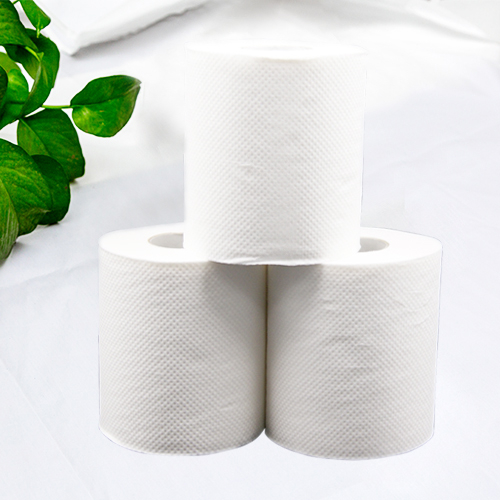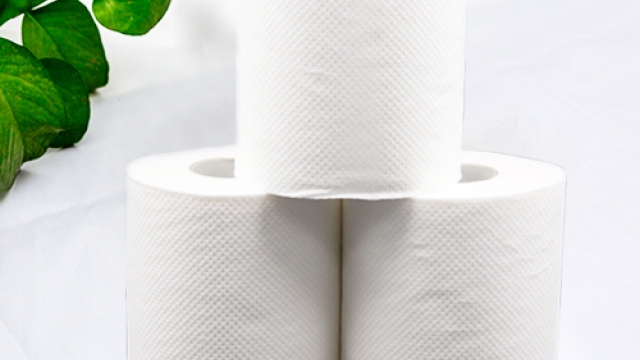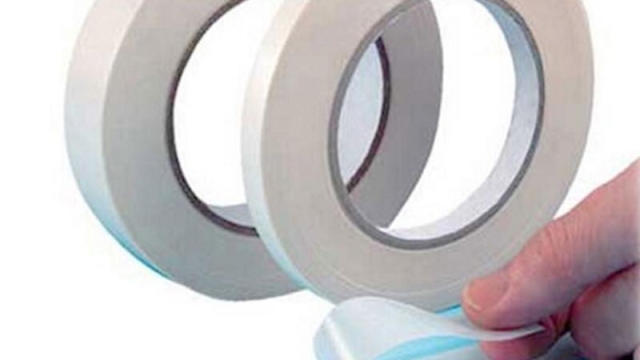Toilet paper is an essential household item that is often taken for granted, but have you ever wondered about how it is manufactured? In this comprehensive guide, we will delve into the secrets of toilet paper manufacturing, uncovering the fascinating process behind its creation. From the sourcing of raw materials to the intricacies of the production line, join us on a journey to understand the ins and outs of this seemingly simple yet crucial product.
Paper manufacturing is a time-honored craft that dates back centuries, and the production of toilet paper follows a similar path. It all begins with the careful selection of high-quality pulp, typically derived from wood fibers, recycled paper, or a combination of both. These raw materials undergo a rigorous refining process to create a pulp mixture that forms the basis of the toilet paper sheets we use every day.
Once the pulp is ready, it is fed into massive machines known as paper machines. These behemoths of precision and engineering are responsible for shaping and drying the pulp mixture into thin, continuous sheets. The process involves a delicate balance of pressure, heat, and moisture, ensuring that the resulting paper is both soft and strong.
As the sheets are formed, they are pressed between large rollers to remove excess water and increase their density. This step not only gives the paper its familiar flexibility but also enhances its ability to absorb moisture, a vital characteristic for any good toilet paper. The now-damp sheets are then carefully dried, either through the use of heated rollers or by passing them through a series of drying cylinders.
Stay tuned as we uncover more in our toilet paper manufacturing guide, where we’ll explore the fascinating final stages of production, including embossing, perforation, and packaging. So next time you reach for a roll of toilet paper, you’ll have a newfound appreciation for the intricate process that brings this indispensable product into our homes.
The Raw Materials Used in Toilet Paper Manufacturing
Toilet paper is a household essential that we use on a daily basis, but have you ever wondered what goes into its production? In this section, we will delve into the raw materials that are used in the manufacturing of this everyday item.

First and foremost, paper manufacturing involves the use of trees. Specifically, softwood and hardwood trees are harvested to obtain wood pulp, which serves as the primary ingredient in toilet paper production. Softwood trees, such as pine and spruce, are favored for their long fibers that contribute to the strength and durability of the final product. On the other hand, hardwood trees like eucalyptus and birch are used for their shorter fibers, which help enhance the softness and comfort of the toilet paper.
In addition to wood pulp, toilet paper also requires water for the manufacturing process. Water is crucial for breaking down the wood fibers and turning them into a pulp that can be formed into thin, delicate sheets. The quality and purity of the water used can impact the final product, so manufacturers often invest in advanced treatment systems to ensure that the water meets the necessary standards.
Bulk Napkins Paper
Furthermore, various chemicals are employed during toilet paper manufacturing to enhance its quality and performance. For example, bleach is used to whiten the paper and achieve the bright, pristine appearance that we are familiar with. Additionally, softening agents may be added to increase the overall comfort of the toilet paper, making it gentler on the skin.
In summary, the raw materials used in toilet paper manufacturing primarily consist of wood pulp sourced from softwood and hardwood trees, as well as water and chemicals that play crucial roles in the manufacturing process. Understanding these materials provides valuable insight into the intricate production process behind this commonly used household item.
The Manufacturing Process of Toilet Paper
Toilet paper is a staple item in every household, but have you ever wondered how it is made? The manufacturing process of toilet paper involves several steps to ensure that the end product is soft, strong, and most importantly, hygienic.
The first step in toilet paper manufacturing is the preparation of the raw materials. Softwood and hardwood trees are carefully selected and harvested, primarily for their cellulose fibers. Once the trees are harvested, they undergo a process called debarking, where the outer layer of the wood is removed. This debarked wood is then chipped and mixed with water to create a pulp.
In the next stage, the pulp is refined to break down the wood fibers into smaller, more manageable pieces. This is done by mechanical or chemical means, depending on the desired quality of the toilet paper. Mechanical refining involves passing the pulp through a series of rotating discs or refining plates, while chemical refining utilizes chemicals to dissolve and break down the fibers further.
Once the pulp is refined and any impurities are removed, it is mixed with water to form a slurry. This slurry is then passed through a large machine called a paper machine. The paper machine consists of a moving wire mesh that helps to distribute the pulp evenly and remove excess water. As the slurry moves through the machine, the water is drained out, and the fibers start to bond together to form a continuous sheet of paper.
The paper sheet then goes through a process of pressing and drying. It passes through a series of heated rollers that squeeze out more water and flatten the sheet. This pressing process helps to increase the strength and smoothness of the paper. After pressing, the paper is dried using hot air or infrared radiation, ensuring that it is completely dry before moving on to the final stages of manufacturing.
By following these steps, toilet paper manufacturers are able to produce a high-quality product that meets the needs of consumers worldwide. From the selection of raw materials to the pressing and drying processes, every step is carefully designed to create toilet paper that is soft, strong, and reliable.
Quality Control in Toilet Paper Manufacturing
Quality control plays a crucial role in the manufacturing of toilet paper to ensure that the final product meets the highest standards. From the selection of raw materials to the packaging process, several quality control measures are implemented at various stages of toilet paper production.
To start with, the first step in maintaining quality control is the careful inspection of the raw materials. The quality of the paper used in toilet paper manufacturing is of utmost importance. Manufacturers carefully select the type of paper and conduct thorough checks to ensure its strength, softness, and absorbency meet the desired specifications. Any defects in the raw materials can lead to subpar toilet paper.
Once the raw materials have been approved, rigorous testing is conducted during the manufacturing process. This includes monitoring the paper’s thickness, ensuring the proper perforation of each sheet, and verifying the embossing quality. By continuously monitoring these parameters, manufacturers can identify and rectify any issues that may affect the final product’s performance and appearance.
Furthermore, quality control measures extend to the packaging stage as well. Proper packaging is essential to protect the toilet paper during transportation and storage. Manufacturers perform checks to ensure that the packaging materials are durable and that the rolls are securely sealed to prevent any damage or contamination.
In conclusion, quality control is a fundamental aspect of toilet paper manufacturing. Through careful inspection and testing of the raw materials, monitoring the manufacturing process, and ensuring proper packaging, manufacturers can deliver high-quality toilet paper that meets customer expectations. Implementing robust quality control measures allows for the production of toilet paper that is strong, soft, and reliable.



